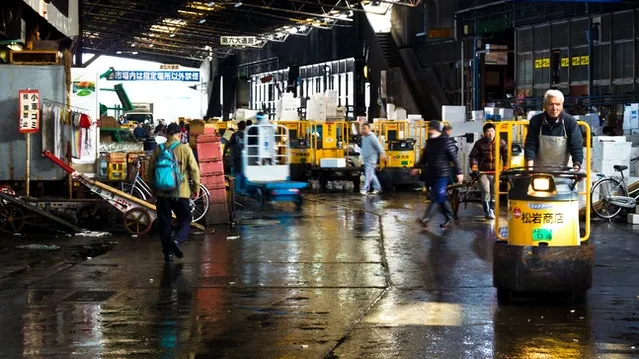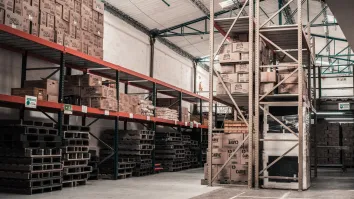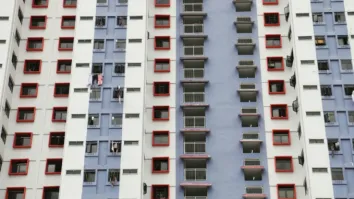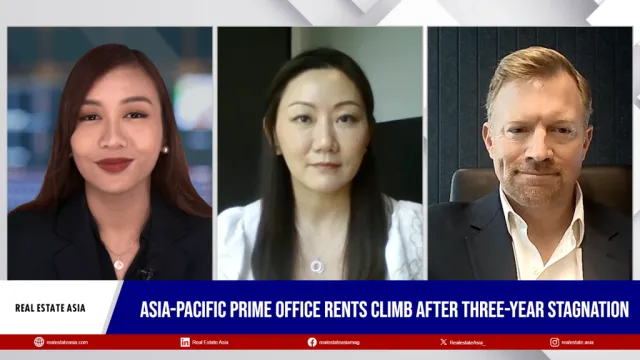
Greater Tokyo logistics vacancy rates to decline for the first time since 2020
And Greater Osaka is expected to follow suit.
In a recent report, Savills noted that Japan’s logistics sector is growing in optimism, supported by its strong long-term fundamentals.
“Although vacancies have continued to increase due to the large amounts of new supply introduced to the market over the past few years, the diminished pipeline in coming years should help with the absorption of existing vacancies and stabilise the market,” the report said.
Here’s more from Savills:
In recent years, despite consistently robust demand, the abundance of supply has created a supply-demand imbalance. However, the logistics market in Greater Tokyo is steadily nearing a turning point, and vacancy rates are expected to decrease in 2025 for the first time since 2020.
Similarly, Greater Osaka is expected to follow this trend following the upcoming peak this year. The overall supply-demand balance is set to tighten further moving forward, and with strong fundamentals driven by growing industries like e-commerce, the logistics sector is poised for continuous growth after overcoming short-term supply imbalances.
Initially seen as a setback amid labour shortages, the “2024 problem” appears to be forcing logistics operators to streamline facility operations, while the driver shortage has prompted many companies to adopt relay transportation hubs and methods, with the transport ministry having announced plans to subsidise joint transport to enhance overall efficiency in late 2024.
In addition, the labour shortage problem has also prompted an increase in technology transformation in logistics companies, including autonomous vehicles, drone deliveries, AIpowered logistics hubs. As these adaptations continue to progress, the logistics sector should gradually overcome its myriad of constraints, boosting the longer-term prospects of the sector.



















 Advertise
Advertise




